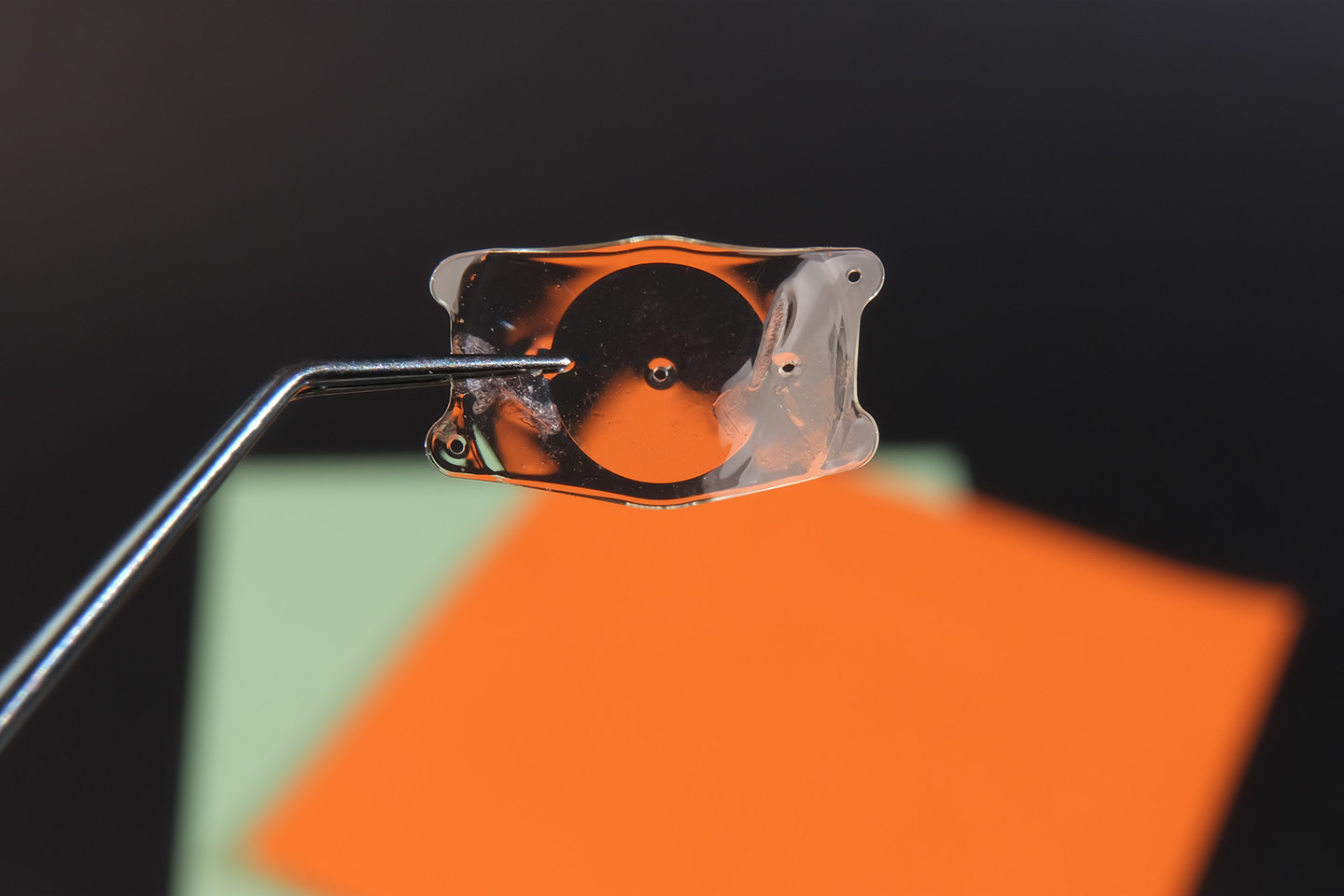Exploring LASIK Alternatives: Clear Lens Exchange and Photorefractive Keratectomy

Laser-assisted in situ keratomileusis, or LASIK, is a safe, effective, and popular laser eye surgery that reshapes the cornea to correct refractive errors such as myopia (nearsightedness), hyperopia (farsightedness), and astigmatism. For many people, LASIK helps achieve clear vision without relying on glasses or contact lenses. During LASIK, the eye surgeon creates a small flap on the cornea and then uses an excimer laser to reshape the cornea and correct the refractive error.
However, not everyone is a LASIK candidate. Individuals with thin corneas, dry eyes, or high prescriptions may not benefit from LASIK or have an increased risk of complications. For those individuals, clear lens exchange (CLE) and photorefractive keratectomy (PRK) are safe and effective refractive vision correction surgeries that offer similar outcomes.
Clear Lens Exchange
CLE, also known as refractive lens exchange (RLE), replaces the eye’s natural lens with an artificial intraocular lens (IOL). This procedure is similar to cataract surgery but corrects refractive errors rather than removing a cloudy lens. The eye surgeon makes a small incision in the cornea and uses ultrasound technology to break up and remove the natural lens. The surgeon then implants an IOL in its place. The type of IOL used depends on the vision issue or issues and patient goals. Monofocal IOLs support single-distance vision, while multifocal IOLs accommodate near, far, and middle distances. Toric IOLs help correct astigmatism.
CLE eliminates the risk of cataract development and future dependency on corrective lenses. It’s often an option for patients with thin corneas, high prescriptions, dry eye syndrome, or presbyopia (age-related farsightedness). On the other hand, it’s more invasive than LASIK, has a longer recovery time, and has rare potential risks, including retinal detachment and infection.
Photorefractive Keratectomy
PRK is a LASIK alternative for patients with thin corneas or severe dry eyes. It may also be the preferred option for patients who previously had LASIK eye surgery and require a refinement procedure due to changing refractive errors. Like LASIK, the cornea is reshaped with a laser to correct refractive errors; unlike LASIK, the eye surgeon removes the cornea’s thin outer epithelium layer rather than creating a flap. The surgeon inserts a soft, protective contact lens as a bandage during healing and as the outer layer grows back.
PRK is effective for many refractive errors and eliminates the risk of corneal flap complications that may result from LASIK. However, compared to the LASIK procedure, patients may experience a longer time for recovery and to achieve final vision clarity.
Schedule Your Consultation with ICON Eyecare Today
Choosing the right vision correction procedure depends on various factors, including the specific refractive error, corneal thickness, age, lifestyle, and personal preferences. At ICON Eyecare, our experienced team of refractive eye surgeons will perform a comprehensive eye exam to evaluate your unique eye health, help you explore your options, and deliver personalized care tailored to your needs. Get started on your journey to better vision with ICON Eyecare.
[DISPLAY_ULTIMATE_SOCIAL_ICONS]








